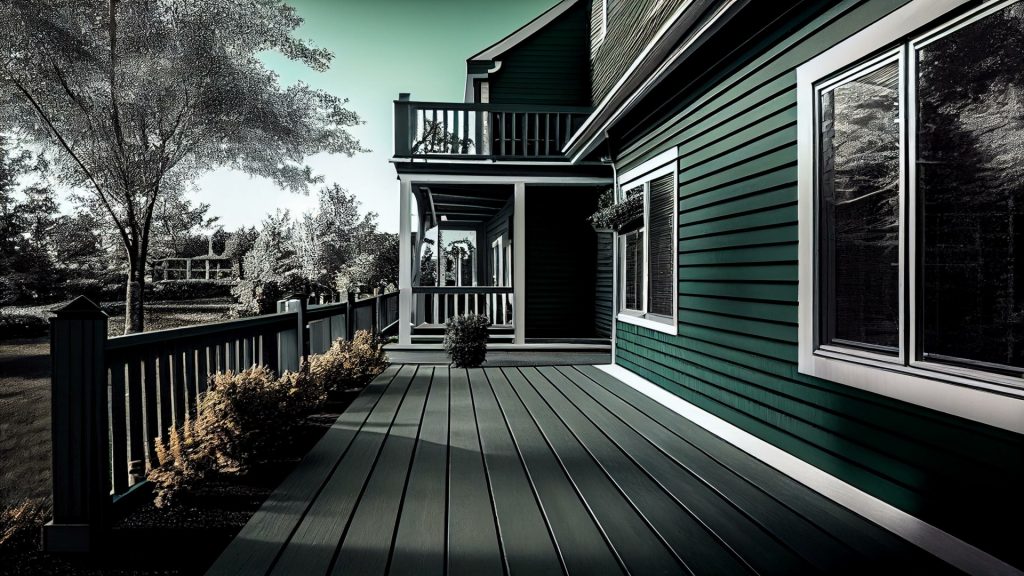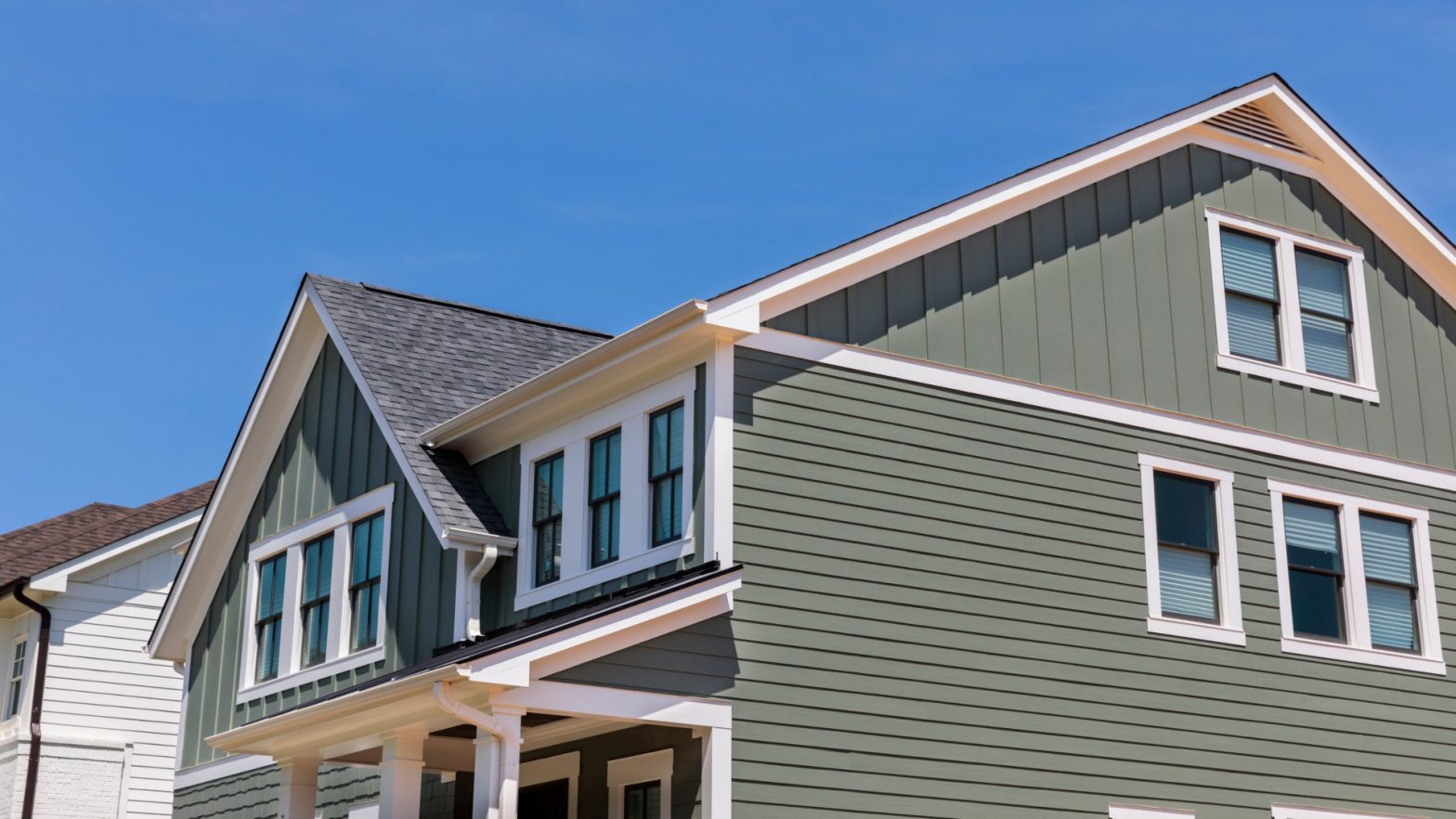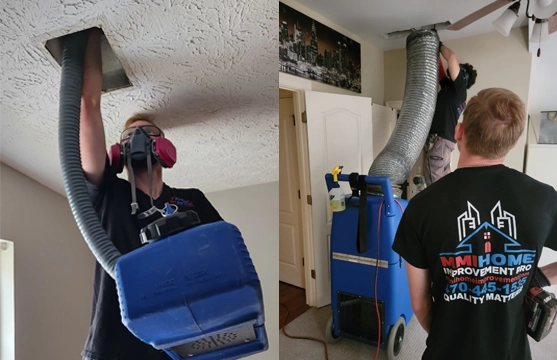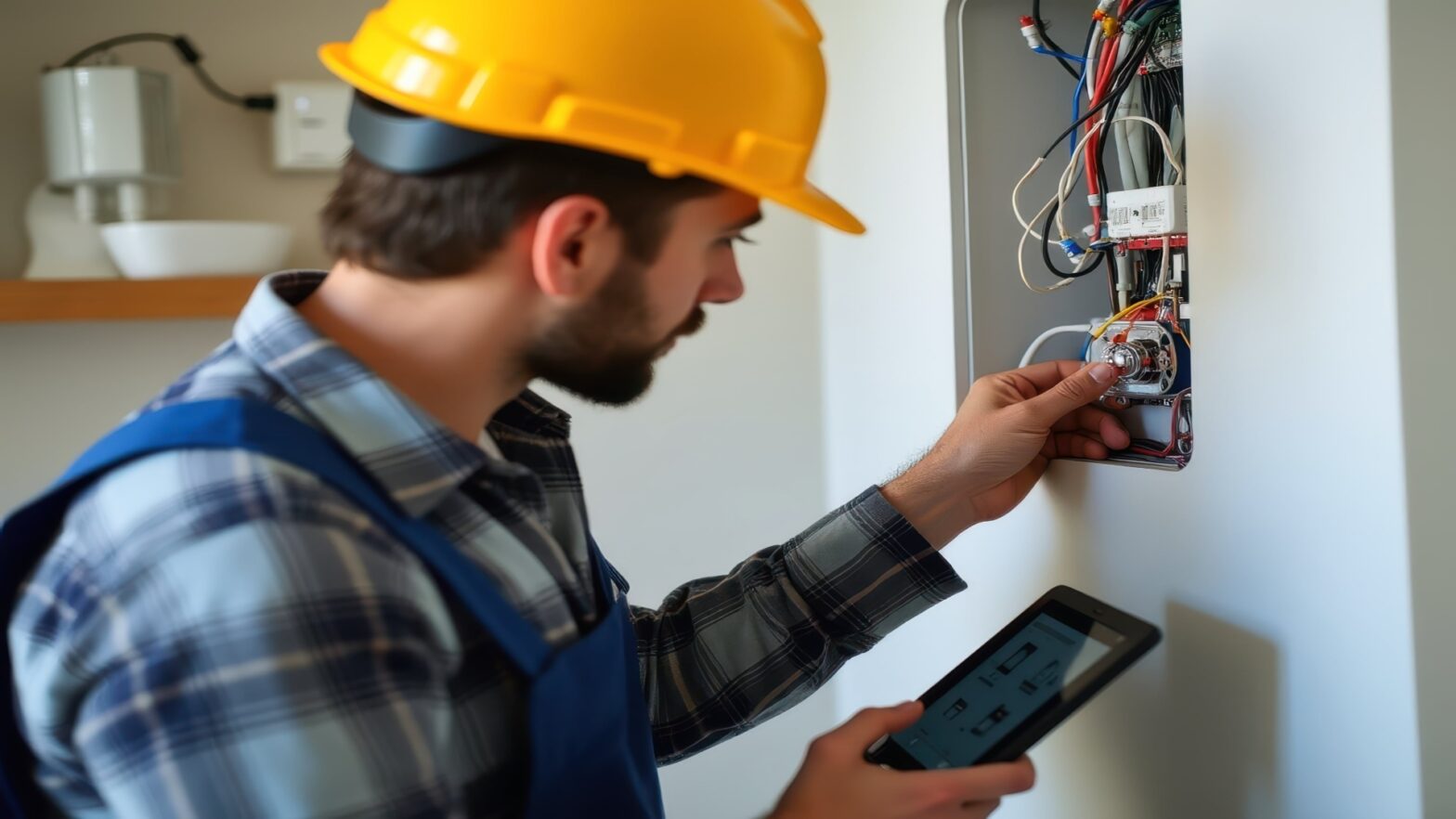Owning a home is a responsibility. Like any proud homeowner, you want to ensure it remains in top shape. Among the many components that make up your home, the siding plays a crucial role. Not only does it protect your home from various elements, but it also plays a significant role in its aesthetic appeal.
Unfortunately, the siding may deteriorate over time. When it does, recognizing the warning signs is essential. So, how do you determine when your old siding needs replacing? Here are some clear indicators to monitor, especially if you’re planning to replace your windows:
1. Warped Or Rotting Siding
Take a walk around your home. Does the siding look uneven, bubbled, or warped in certain areas? This could be a red flag.
Warped siding fails to serve its protective function, leaving your home vulnerable. It often results from prolonged exposure to moisture or drastic temperature changes. The materials used for siding can lose their shape throughout the years, leading to the warping effect.
If you notice rotting, that’s an even bigger concern. Rot often starts from the inside and works its way out, meaning by the time you see it, significant damage may have occurred. Rot spreads, compromising the structural integrity of your siding and potentially leading to bigger issues like insect infestations or additional water damage.
2. Frequent Paint Or Stain Repairs
Constantly needing to paint or stain signals more than just an aesthetic issue—it’s frequently a symptom of an underlying problem. A durable siding should maintain its colour and finish for a good amount of time.
If you’re repainting or re-staining your siding every few years, this suggests a potential problem. Persistent exposure to harsh environmental conditions might cause the material to deteriorate faster. Ideally, quality siding should endure at least eight to ten years without requiring a new coat.
3. Cracks, Gaps, Or Loose Siding
Cracked or loose siding can expose your home’s interior to harsh weather conditions and pests. While small cracks might initially appear trivial, they can expand, enabling moisture intrusion, which can result in further internal damage like mould growth or structural complications.
Moreover, gaps serve as entryways for pests, escalating infestation risks. Observing these symptoms should prompt serious consideration of siding replacement.
4. Rising Energy Bills
Your home’s siding plays a significant role in insulation. When it’s compromised, you might notice a spike in heating or cooling costs. A damaged or deteriorating siding can allow drafts to penetrate, making your HVAC system work harder to maintain a consistent temperature.
Over time, this increased effort can lead to wear on your system and higher monthly bills. It’s like keeping a cold drink cold in a cooler with a broken lid. If those energy bills are on the rise, your siding could be the culprit.
5. Mould, Mildew, Or Fungus Growth
It’s unsettling to see mould, mildew, or fungus creeping along your siding. These growths don’t just pop up for no reason; they thrive in moist environments. So, when they appear on your siding, it’s a clear sign of persistent moisture, which can spell trouble for the durability and longevity of your siding materials.
Moreover, the presence of these growths can pose health risks for some individuals, especially those with allergies or respiratory conditions. When you spot these unwanted guests, take it as a sign that water is getting trapped–indicating that your siding isn’t doing its job.
6. Interior Wall Damage
The inside of your home often reflects what’s happening on the outside. Peeling paint, loose wallpaper, or moisture spots on interior walls might indicate siding issues.
Faulty or deteriorating siding may allow moisture to seep in, leading to visible damage inside. Such unnoticed water infiltration can also pave the way for structural issues if left unattended. Remember, a home’s exterior and interior are deeply interconnected; one often hints at the health of the other.
7. A Noisier House
Have you ever noticed a sudden increase in the ambient noise inside your home? Do you hear every gust of wind or the chatter of birds more clearly than before?
It might not be your hearing getting better. Instead, your siding could be letting in more outside noise. This decreased sound insulation hints that your siding may need some attention.
Various types of quality siding serve as a barrier against weather, pests, and external sounds. If you’re yearning for those quiet moments again, it might be time to check the state of your siding.
8. Aged Appearance
Sometimes, age does matter. If your siding is several decades old, it may be due for an update. Even if it appears okay, older materials may not match the efficiency or protection levels of contemporary alternatives.
Modern siding options have improved technology, better durability, and enhanced energy efficiency. Just as you’d upgrade old appliances for more efficient ones, your home’s siding deserves the same consideration.
Conclusion
Siding isn’t just an exterior feature. It serves as a protective barrier, an insulator, and significantly influences your home’s well-being. Staying alert to signs of degradation can prevent more expensive future repairs. Remember, a house represents an investment. Preserving its siding ensures its value remains intact.

































